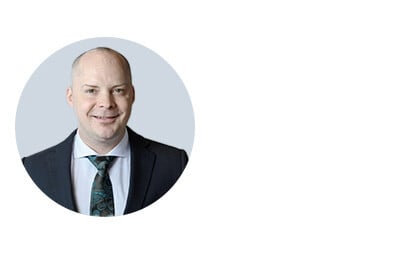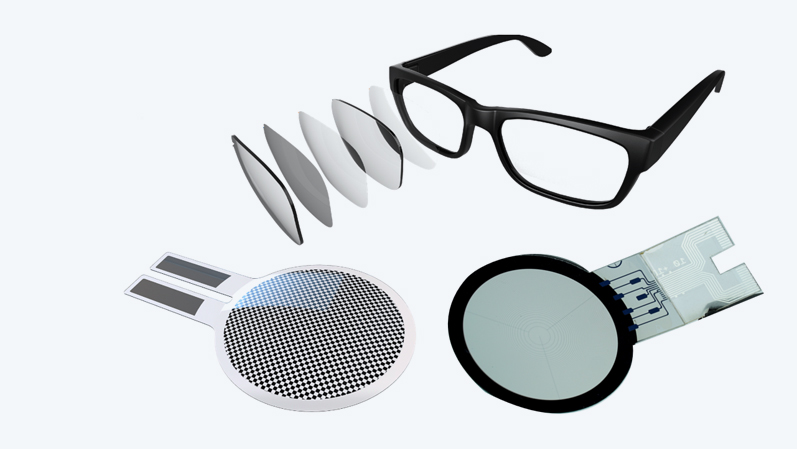Automated light simulation with Ansys Speos at EDAG
Gerhard Friederici
29.10.2024
Evaluations and documentation in 30 minutes instead of 8 hours
The self-developed automation tool “Homogenium” from EDAG Engineering Group AG processes both simulation and measurement results. Find out in an interview with Jannes Buthmann (Expert Light&Vision and Technical Lead CoC, EDAG) how the engineering team achieves customer specifications faster due to automation and how to integrate AI applications into simulation.
Mr. Buthmann, could you please briefly describe the area of simulation for which EDAG uses a self-developed automation tool?
As an engineering service supplier for the automotive world, EDAG faces the challenge of having to run through many simulation loops in the development of optical systems, such as headlights or rear lights. Of course, we have to document these for our customers. Due to the large number of lighting systems, this is currently a very time-consuming task for our developers and will become even more so in the future.
We have therefore developed a Python-based tool that we have integrated into Ansys Speos. This allows our developers to fully automate the evaluation of customer specifications for lighting simulation results and include other external requirements in the evaluation.
What are the benefits of these automation activities?
Of course, we can achieve internal cost savings on the project due to the reduced time required. But externally, we also become more attractive for our customers because we are able to simulate more tasks more quickly. We are able to run more iteration loops since we can evaluate more quickly. We can analyze multiple concept comparisons faster, and automation has also increased repeatability since we can evaluate automatically rather than manually.
Can you give us a more precise order of magnitude of the time benefits?
This varies depending on the customer and project requirements. However, a developer generally needs around four to eight hours for the complete evaluation and documentation. With automation, we can create the presentation of the simulation results in around half an hour.
Depending on the complexity of the lighting system, the number of iteration loops is in the 20 or even 50 range. This covers the entire vehicle development process, from pre-development to series development and tool release. At EDAG, we are able to simulate everything in the field of lighting technology, so we are now in a position to make massive time savings throughout the entire development process.
So, the automation project is not just about simulation?
Exactly! With the new tool, we not only have the capability of evaluating simulation results, but also measurement results. This means that simulation results and measurement results can be accurately compared with each other. For example, we can easily check whether the measurement on the design mock-up reflects what we saw in the simulation.
What will be the next challenges for EDAG in lighting simulation?
At EDAG, we are also working on the integration of AI applications in simulation. This involves, for example, using artificial intelligence to automatically recognize light functions on a headlight or a rear light. Our big vision is that we will be able to use a fully automated lighting laboratory in the future. In practical terms, it could look like this: I place a vehicle in the lab and activate individual functions, with the AI automatically recognizing which light function has been switched on.
However, it not only detects the light function, but also analyzes and evaluates the fulfillment of the corresponding requirements for the light. This would give us a fully automated test environment that would enable us to achieve even higher quality with regard to the strict automotive standards. We would therefore gain further advantages in terms of time and cost efficiency, which are extremely important criteria for success for us as a service provider.
Training: Simulation of Optical Systems with Ansys Speos
From optical sensors to lighting solutions. In this training, you will learn to use the precision of Speos for your simulations.
Info & Registration


The interview was conducted by
Tobias Bergenthal
Account Manager CADFEM Germany GmbH
+49(0)8092 7005-767
tbergenthal@cadfem.de



